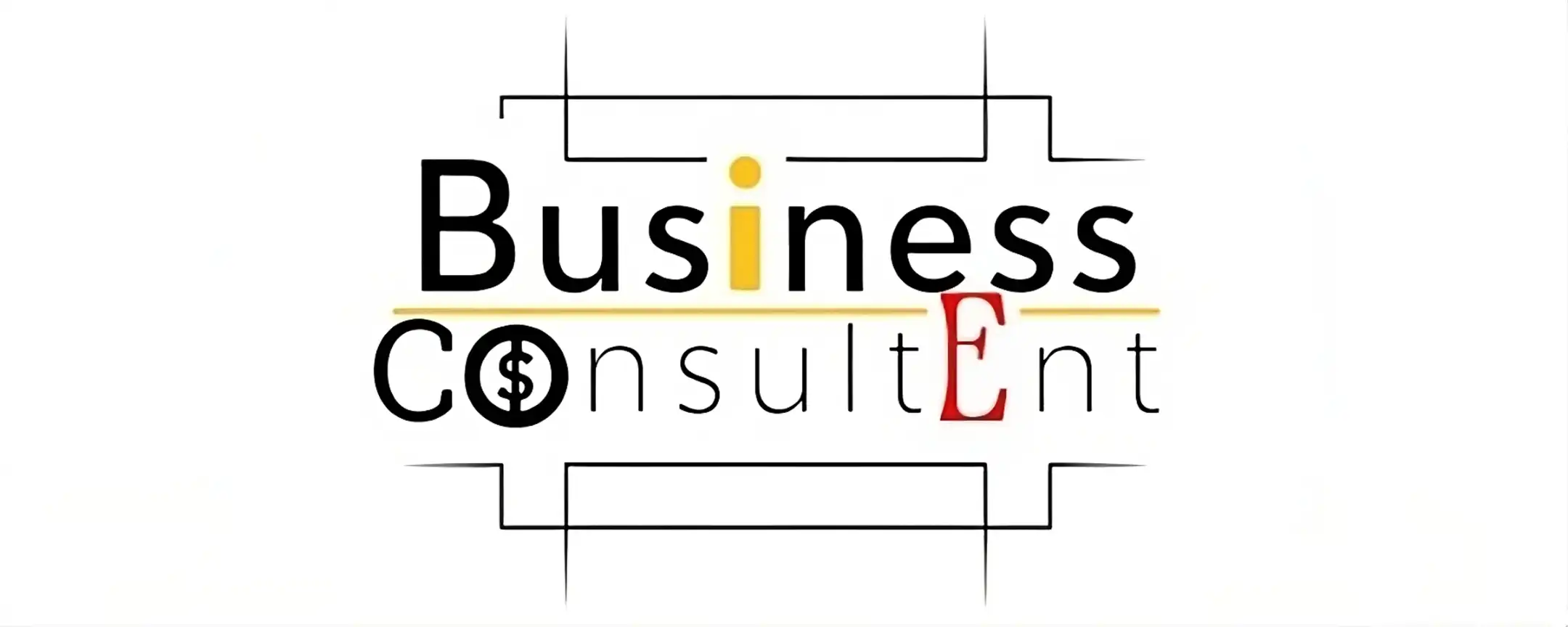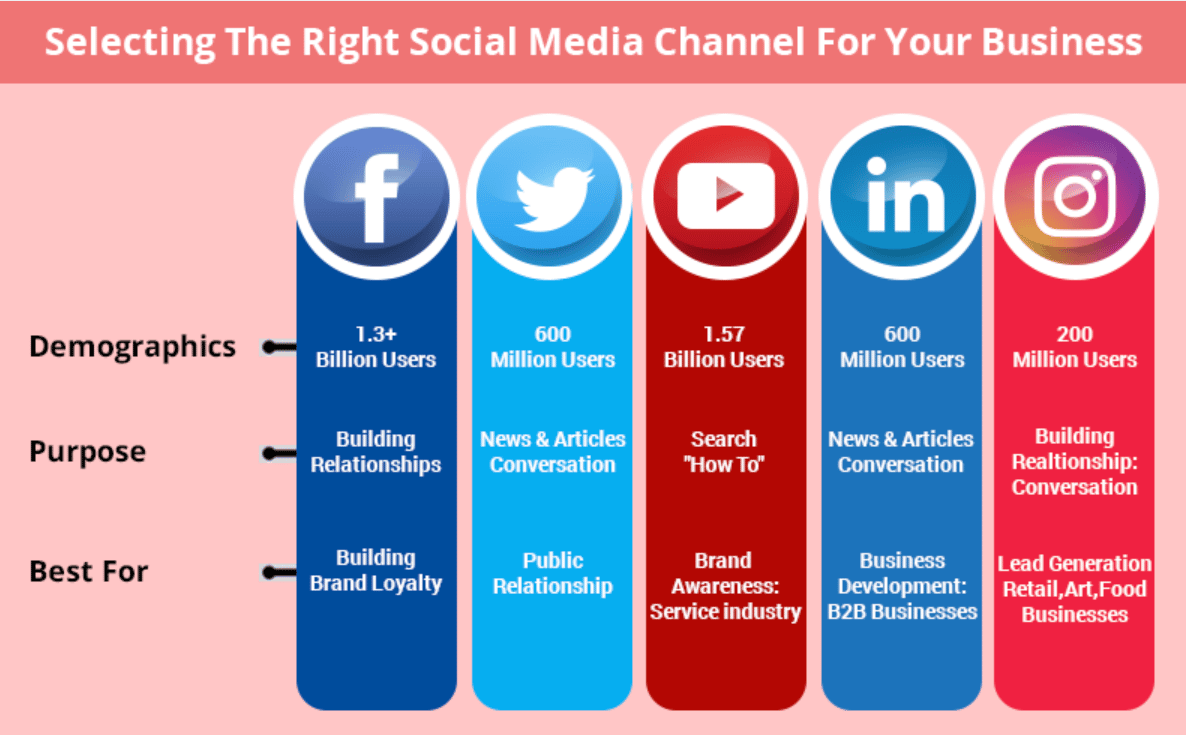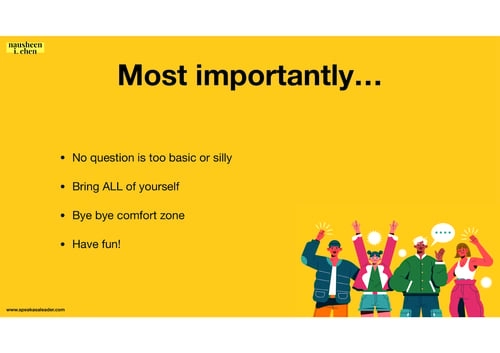
Many people ask me to tell something about How to build a powerful brand, in this context, I will share this matter from my experience .Building a powerful brand is crucial for any business looking to stand out in today’s crowded marketplace. A strong brand can foster customer loyalty, increase recognition, and ultimately drive growth and profitability. In this comprehensive guide, we’ll explore the essential steps and strategies for creating a brand that resonates with your target audience and leaves a lasting impression.
Understanding the Essence of a Brand
Before delving into the brand-building process, it’s essential to understand the true essence of a brand. A brand is more than just a logo or a catchy slogan; it represents the overall perception of your business in the minds of your customers. As Jeff Bezos famously said, “Your brand is what other people say about you when you’re not in the room.”
A brand encompasses your company’s mission, values, personality, and the unique experience you provide to your customers. It’s the foundation upon which you build trust, loyalty, and emotional connections with your target audience.

The Brand-Building Process: Step-by-Step
1. Discover Your Brand Purpose
Successful brands have a powerful purpose behind them – a driving force that guides their actions and decisions. Start by defining your brand’s purpose by asking yourself these fundamental questions:
– Why do you exist?
– What differentiates you from the competition?
– What problem do you solve for your customers?
– Why should people care about your brand?
Your brand purpose should align with your company’s mission and values, serving as the foundation for your branding efforts.
2. Research Your Target Audience and Competitors
Building a powerful brand requires a deep understanding of your target audience and their needs, as well as an awareness of your competitors’ strengths and weaknesses. Conduct thorough market research to define your ideal customer personas, including their demographics, behaviors, motivations, and pain points.
Additionally, analyze your competitors’ branding strategies, identifying areas where you can differentiate and offer a unique value proposition.
3. Establish Your Brand Positioning
Once you’ve gathered insights from your research, it’s time to determine your brand’s positioning in the market. Your brand positioning should clearly communicate how your brand is different from competitors and why customers should choose you.
Develop a compelling brand positioning statement that outlines your target audience, their needs, and how your brand uniquely solves their problems. This statement will serve as a guiding light for all your branding efforts.
4. Build Your Brand Identity
Your brand identity is the visual representation of your brand, encompassing elements like your logo, color palette, typography, and overall design aesthetic. Ensure that your brand identity aligns with your brand positioning and effectively communicates your brand’s personality and values.
Consider working with professional designers to create a memorable and timeless logo that will become the face of your brand.
5. Develop Your Brand Voice and Messaging
Your brand voice and messaging are crucial components of your brand’s overall identity. Define a distinct brand voice that resonates with your target audience and consistently use it across all communication channels, from your website to social media and advertising.
Craft compelling brand messaging that tells your brand’s story, highlights your unique value propositions, and connects with your customers on an emotional level.
6. Integrate Your Brand Across All Touchpoints
A powerful brand is consistently represented across all touchpoints, from your physical storefront to your website, social media platforms, and customer service interactions. Ensure that your brand’s visual identity, voice, and messaging are seamlessly integrated into every aspect of your business.
Develop brand guidelines to maintain consistency and provide clear direction to all stakeholders involved in representing your brand.
7. Build Brand Awareness Through Content Marketing
Content marketing is a powerful tool for building brand awareness and establishing your brand as an authority in your industry. Develop a content strategy that focuses on creating valuable, informative, and engaging content that resonates with your target audience.
Leverage various content formats, such as blog posts, videos, podcasts, and social media updates, to reach your audience across multiple platforms.
8. Foster Customer Loyalty and Advocacy
A powerful brand is built on customer loyalty and advocacy. Strive to deliver exceptional customer experiences that exceed expectations and encourage your customers to become brand advocates. Encourage customer reviews, testimonials, and user-generated content to amplify your brand’s reach and credibility.
9. Continuously Monitor and Adapt
Building a powerful brand is an ongoing process that requires continuous monitoring and adaptation. Regularly assess your brand’s performance, gather customer feedback, and make adjustments as needed to ensure your brand remains relevant and resonates with your evolving target audience.
Embrace change and be willing to evolve your brand strategy to stay ahead of the competition and meet the changing needs of your customers.

Benefits of a Powerful Brand
Investing in building a powerful brand can yield numerous benefits for your business, including:
– Increased brand recognition and recall
– Improved customer loyalty and retention
– Higher perceived value and willingness to pay a premium
– Competitive differentiation and stronger market positioning
– Enhanced credibility and trust among customers
– Easier expansion into new markets or product lines
By following the strategies outlined in this guide, you can create a brand that stands out, resonates with your target audience, and drives long-term business success.
Final Thoughts
Building a powerful brand is a journey that requires dedication, creativity, and a deep understanding of your customers and the market. By following the steps and strategies outlined in this comprehensive guide, you can create a brand that truly resonates with your target audience, fosters loyalty, and drives growth for your business.
Remember, branding is an ongoing process, and it’s essential to continuously monitor, adapt, and evolve your brand strategy to stay relevant and competitive in today’s ever-changing business landscape.
Related Content
Resource
https://www.forbes.com/sites/forbesagencycouncil/2020/03/09/the-secret-to-building-a-strong-brand
https://www.uschamber.com/co/grow/marketing/how-to-build-a-strong-brand



